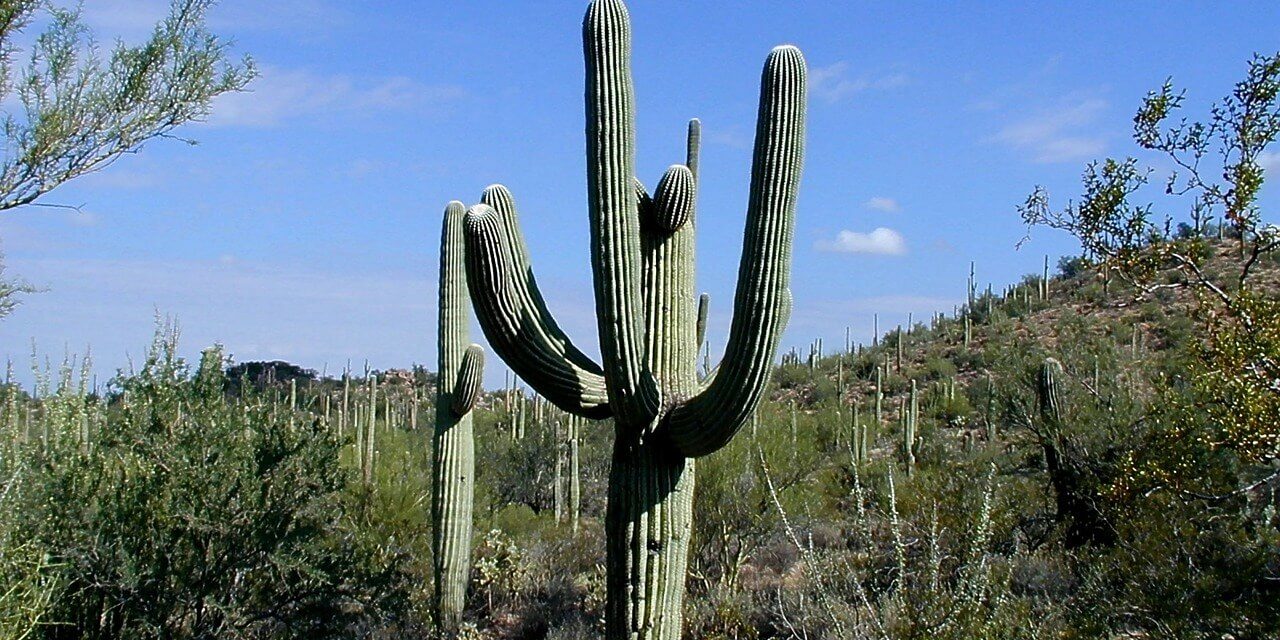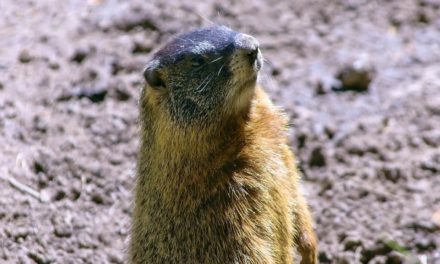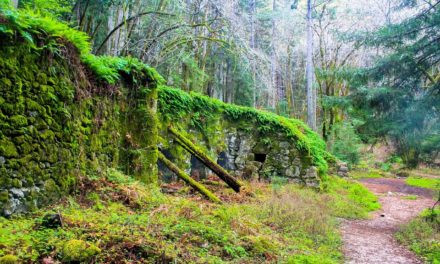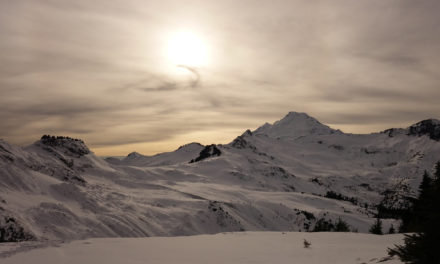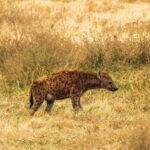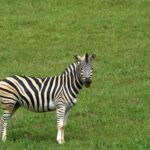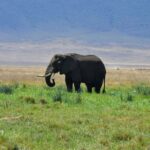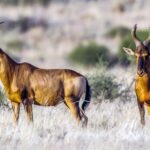Table of Contents
Overview / About
Located in southern Arizona, just outside Tucson, Saguaro National Park protects one of the most iconic landscapes of the American Southwest, the Sonoran Desert, home of the majestic saguaro cactus. These towering giants, some over 150 years old and 40 feet tall, define the desert skyline and give the park its name.
Established in 1933 and divided into two districts, the Rincon Mountain District (east) and the Tucson Mountain District (west) the park spans more than 91,000 acres. Despite its arid appearance, Saguaro is teeming with life, from desert tortoises and roadrunners to blooming cacti and vibrant sunsets.
This is the desert at its most dramatic and alive, a place where every cactus tells a story of survival.
Wildlife & Nature
Saguaro National Park showcases the beauty and diversity of the Sonoran Desert ecosystem.
Flora:
- The park’s star is the saguaro cactus, which can live for over 200 years and bloom in May and June with white flowers, Arizona’s state blossom.
- Other notable plants include ocotillo, cholla, prickly pear, creosote bush, and mesquite.
- In the Rincon Mountains, as elevation rises, you’ll find oak woodlands and pine forests, a rare desert-to-mountain transition.
Fauna:
- Common desert dwellers include Gila monsters, kangaroo rats, javelinas, bobcats, and coyotes.
- Birdlife is rich, Gambel’s quail, cactus wrens, Gila woodpeckers, and hawks fill the skies.
- At night, the desert comes alive with bats and owls, adding mystery to the moonlit landscape.
Experiences & Activities
Saguaro National Park offers a mix of scenic drives, hiking trails, and desert exploration suited to all visitors.
Top Things to Do:
Scenic Drives:
- Cactus Forest Drive (East District): An 8-mile loop offering classic desert views and short trailheads.
- Bajada Loop Drive (West District): A gravel road perfect for wildlife viewing and sunset photography.
Hiking:
- Valley View Overlook Trail: Easy hike with panoramic desert views.
- Signal Hill Trail: Features ancient petroglyphs from the Hohokam culture.
- Tanque Verde Ridge Trail: A challenging route rising into the Rincon Mountains.
Ranger Programs: Learn about desert ecology, cactus life cycles, and night sky astronomy through seasonal talks.
Photography: Sunrise and sunset transform the desert into a sea of golden light and cactus silhouettes.
Biking: The paved Cactus Forest Loop welcomes cyclists for a peaceful desert ride.
Best Time to Visit
- Winter (November – March): Best time for hiking and sightseeing, mild temperatures and clear skies.
- Spring (March – May): Desert wildflowers bloom, and saguaros begin to bud.
- Summer (June – September): Very hot (often over 100°F). Best for short early-morning visits or stargazing.
- Fall (October): Pleasant temperatures and fewer crowds.
Best Months: November through April.
How to Reach & Park Entry
Location: Near Tucson, Arizona.
By Air:
- Tucson International Airport (TUS): About 10 miles from the west district and 20 miles from the east.
- Phoenix Sky Harbor International Airport (PHX): Around 2 hours north of Tucson.
By Road:
- The park has two main sections:
- Saguaro East (Rincon Mountain District): Off Old Spanish Trail, 15 miles east of downtown Tucson.
- Saguaro West (Tucson Mountain District): Off Picture Rocks Road, about 15 miles west of the city.
Entry Fees:
- $25 per vehicle (valid for 7 days).
- Annual passes are available for frequent visitors.
Where to Stay / Camping Options
Inside the Park:
- Backcountry Camping (East District only):
- Douglas Spring, Manning Camp, and Grass Shack offer remote wilderness campsites (permit required).
- There are no developed campgrounds inside the park.
Nearby Lodging:
- Tucson: Offers a range of hotels, desert lodges, and ranch-style stays just a short drive from both park districts.
- Catalina Foothills and Oro Valley: Provide scenic, upscale options near mountain trails.
Travel Tips / Safety Notes
- Heat Precaution: Always carry plenty of water (at least 1 gallon per person per day). Avoid hiking during midday heat.
- Sun Protection: Use sunscreen, wear a hat, sunglasses, and long sleeves.
- Wildlife: Keep a safe distance from snakes, javelinas, and Gila monsters. Do not touch or pick cactus flowers.
- Monsoon Season: (July – September) brings heavy rains and flash floods. Check weather alerts before hiking.
- Navigation: Cell service is limited, download maps in advance.
- Leave No Trace: Pack out trash and stay on designated trails to protect fragile desert soil.
Packing List
- Lightweight, breathable clothing
- Wide-brimmed hat and sunglasses
- High-SPF sunscreen and lip balm
- Hiking shoes or boots with good grip
- Reusable water bottle or hydration pack
- Snacks or electrolyte tablets
- Camera and binoculars
- Map or offline GPS
- First-aid kit
- Flashlight or headlamp for night exploration
Visitor Statistics
Saguaro National Park receives about 1 million visitors annually. The West District is slightly more popular due to its proximity to downtown Tucson and classic cactus landscapes. Peak visitation occurs between December and March, when weather is comfortable for hiking.
Conservation & Responsible Tourism
Saguaro National Park protects the fragile Sonoran Desert ecosystem, where every plant and animal plays a vital role in surviving extreme conditions. The National Park Service monitors saguaro growth, controls invasive species, and works to protect desert wildlife corridors.
Visitors can help preserve the desert by:
- Staying on marked trails to avoid damaging cactus roots.
- Avoiding collection of flowers, seeds, or rocks.
- Supporting local eco-friendly businesses and conservation programs.
- Using refillable water bottles and minimizing plastic waste.
Saguaro National Park stands as a symbol of resilience — a desert world full of life, beauty, and quiet strength under the Arizona sun.

